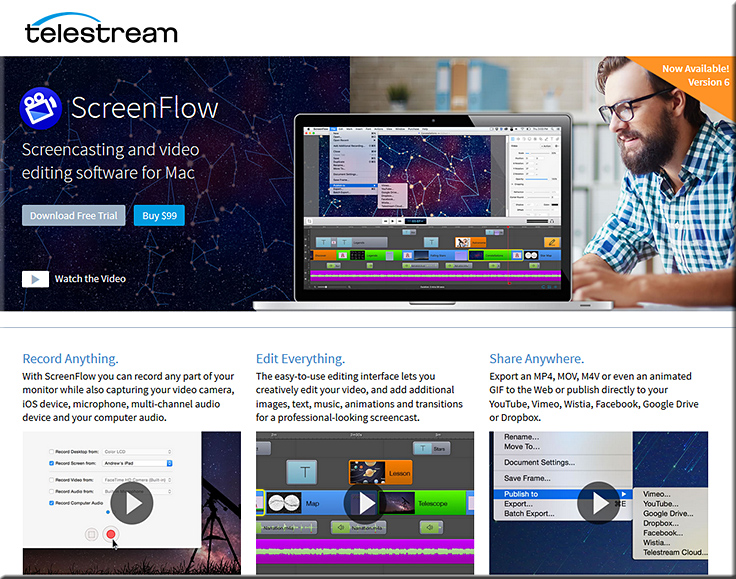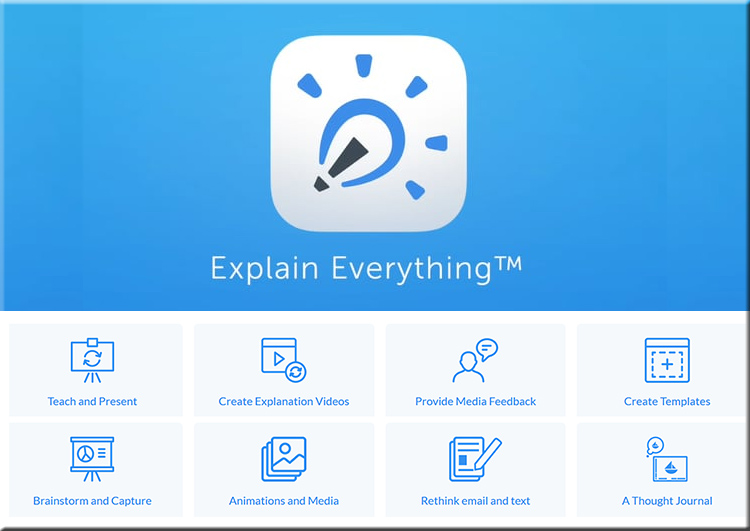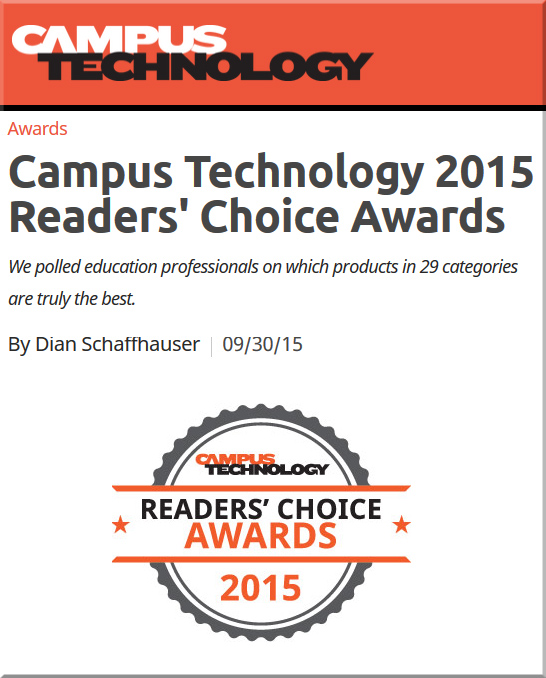K-12 2018 Readers’ Choice Awards — from The Journal’s October/November edition
Also see:




From DSC:
Ever notice how effective Ted Talks begin? They seek to instantly grab your attention with a zinger question, a somewhat shocking statement, an interesting story, a joke, an important problem or an issue, a personal anecdote or experience, a powerful image/photo/graphic, a brief demonstration, and the like.
Grabbing someone’s attention is a key first step in getting a piece of information into someone’s short-term memory — what I call getting through “the gate.” If we can’t get through the gate into someone’s short-term memory, we have zero (0) chance of having them actually process that information and to think about and engage with that piece of content. If we can’t make it into someone’s short-term memory, we can’t get that piece of information into their long-term memory for later retrieval/recall. There won’t be any return on investment (ROI) in that case.
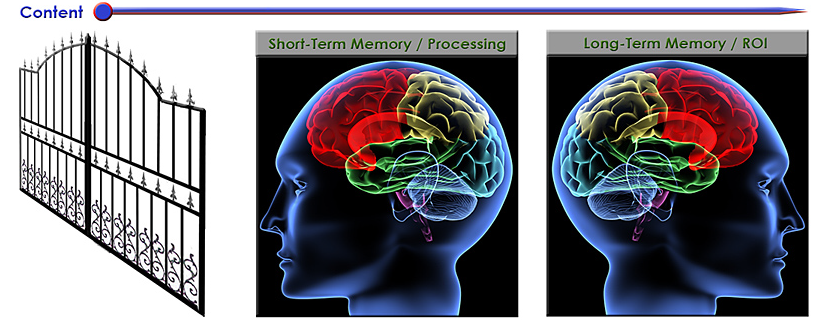
So why not try starting up one of your classes this week with a zinger question, a powerful image/photo/video, or a story from your own work experience? I’ll bet you’ll grab your students’ attentions instantly! Then you can move on into the material for a greater ROI. From there, offering frequent, low-stakes quizzes will hopefully help your students slow down their forgetting curves and help them practice recalling/retrieving that information. By the way, that’s why stories are quite powerful. We often remember them better. So if you can weave an illustrative story into your next class, your students might really benefit from it come final test time!
Also relevant/see:
Ready, set, speak: 5 strong ways to start your next presentation — from abovethelaw.com by Olga Mack, with thanks to Mr. Otto Stockmeyer for this resource
No matter which of these five ways you decide to launch your presentation, ensure that you make it count, and make it memorable.
Excerpts:
The above was from Jane’s posting 10 Trends for Digital Learning in 2018 — from modernworkplacelearning.com by Jane Hart
Excerpt:
[On 9/24/18], I released the Top Tools for Learning 2018 , which I compiled from the results of the 12th Annual Digital Learning Tools Survey.
I have also categorised the tools into 30 different areas, and produced 3 sub-lists that provide some context to how the tools are being used:
3 – Web courses are increasing in popularity.
Although Coursera is still the most popular web course platform, there are, in fact, now 12 web course platforms on the list. New additions this year include Udacity and Highbrow (the latter provides daily micro-lessons). It is clear that people like these platforms because they can chose what they want to study as well as how they want to study, ie. they can dip in and out if they want to and no-one is going to tell them off – which is unlike most corporate online courses which have a prescribed path through them and their use is heavily monitored.
5 – Learning at work is becoming personal and continuous.
The most significant feature of the list this year is the huge leap up the list that Degreed has made – up 86 places to 47th place – the biggest increase by any tool this year. Degreed is a lifelong learning platform and provides the opportunity for individuals to own their expertise and development through a continuous learning approach. And, interestingly, Degreed appears both on the PPL100 (at 30) and WPL100 (at 52). This suggests that some organisations are beginning to see the importance of personal, continuous learning at work. Indeed, another platform that underpins this, has also moved up the list significantly this year, too. Anders Pink is a smart curation platform available for both individuals and teams which delivers daily curated resources on specified topics. Non-traditional learning platforms are therefore coming to the forefront, as the next point further shows.
From DSC:
Perhaps some foreshadowing of the presence of a powerful, online-based, next generation learning platform…?
Below are some excerpted slides from her presentation…
Also see:
“Educational content usage online is ramping fast” with over 1 billion daily educational videos watched. There is evidence that use of the Internet for informal and formal learning is taking off.
10 Big Takeaways From Mary Meeker’s Widely-Read Internet Report — from fortune.com by Leena Rao
Click on the image to get a larger image in a PDF file format.
From DSC:
So regardless of what was being displayed up on any given screen at the time, once a learner was invited to use their devices to share information, a graphical layer would appear on the learner’s mobile device — as well as up on the image of the screens (but the actual images being projected on the screens would be shown in the background in a muted/pulled back/25% opacity layer so the code would “pop” visually-speaking) — letting him or her know what code to enter in order to wirelessly share their content up to a particular screen. This could be extra helpful when you have multiple screens in a room.
For folks at Microsoft: I could have said Mixed Reality here as well.
#ActiveLearning #AR #MR #IoT #AV #EdTech #M2M #MobileApps
#Sensors #Crestron #Extron #Projection #Epson #SharingContent #Wireless
From DSC:
I know Quentin Schultze from our years working together at Calvin College, in Grand Rapids, Michigan (USA). I have come to greatly appreciate Quin as a person of faith, as an innovative/entrepreneurial professor, as a mentor to his former students, and as an excellent communicator.
Quin has written a very concise, wisdom-packed book that I would like to recommend to those people who are seeking to be better communicators, leaders, and servants. But I would especially like to recommend this book to the leadership at Google, Amazon, Apple, Microsoft, IBM, Facebook, Nvidia, the major companies developing robots, and other high-tech companies. Why do I list these organizations? Because given the exponential pace of technological change, these organizations — and their leaders — have an enormous responsibility to make sure that the technologies that they are developing result in positive changes for societies throughout the globe. They need wisdom, especially as they are working on emerging technologies such as Artificial Intelligence (AI), personal assistants and bots, algorithms, robotics, the Internet of Things, big data, blockchain and more. These technologies continue to exert an increasingly powerful influence on numerous societies throughout the globe today. And we haven’t seen anything yet! Just because we can develop and implement something, doesn’t mean that we should. Again, we need wisdom here.
But as Quin states, it’s not just about knowledge, the mind and our thoughts. It’s about our hearts as well. That is, we need leaders who care about others, who can listen well to others, who can serve others well while avoiding gimmicks, embracing diversity, building trust, fostering compromise and developing/exhibiting many of the other qualities that Quin writes about in his book. Our societies desperately need leaders who care about others and who seek to serve others well.
I highly recommend you pick up a copy of Quin’s book. There are few people who can communicate as much in as few words as Quin can. In fact, I wish that more writing on the web and more articles/research coming out of academia would be as concisely and powerfully written as Quin’s book, Communicate Like a True Leader: 30 Days of Life-Changing Wisdom.
To lead is to accept responsibility and act responsibly.
— Quentin Schultze
From DSC:
The following article reminded me of a vision that I’ve had for the last few years…
Though I’m a huge fan of online learning, why only build a production studio that’s meant to support online courses only? Let’s take it a step further and design a space that can address the content development for online learning as well as for blended learning — which can include the flipped classroom type of approach.
To do so, colleges and universities need to build something akin to what the National University of Singapore has done. I would like to see institutions create large enough facilities in order to house multiple types of recording studios in each one of them. Each facility would feature:

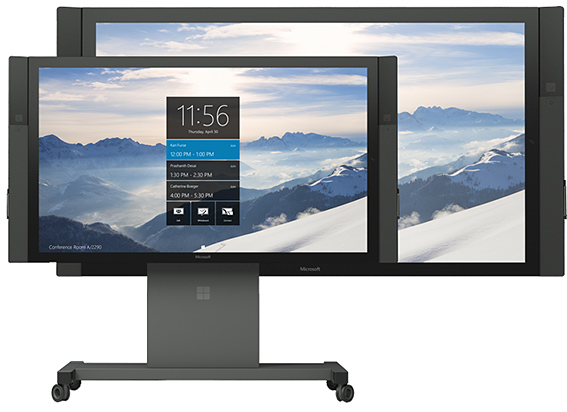
A piece of this facility could look and act like the Sound Lab at the Museum of Pop Culture (MoPOP)

Elon Musk speech: ‘The dumbest experiment in history’ — with thanks to Mr. Joe Byerwalter for this resource
Also see:
Dear College Students: You Should Take Geology — from wired.com by Erik Klemetti
Excerpt:
Few disciplines in today’s world play such a significant role in how society operates and what we can do to protect our future. Few fields of study can play such a profound role in protecting people’s lives on a daily basis, whether you realize it or not. And few can bring together so many disparate ideas, from sciences to social sciences to humanities to the arts, like the study of the Earth can.
…
Here are some of the ways that taking a course in the geology will impact your life for the rest of it.
…
Climate: Now, so far I’ve talked about all the fun parts of geology. However, if you’re looking for work that is important to you, your family and society across the planet, geology is the place to be. First off, geology is ground zero for understanding climate change across the history of Earth. We’ve been studying the variation in the planet’s ecosystems for two centuries now (heck, paleontology helped start the discipline) and can look back billions of years to see how the climate has varied. This gives us that evidence to show how much our current climate is likely in a state of distress. Geology is also how we can understand what the impact of climate change will be on our planet, both in the short- and long-term.
Love this VR of a classroom lesson – 7 uses that really takes you there — from donaldclarkplanb.blogspot.com by Donald Clark
Excerpt:
I received a fascinating link via Twitter from Chris Edwards, a Deputy Head in Surrey, who was interested in views on his experiment with a 360 camera and VR. In the 360 degree video, Mike Kent, a Geography teacher, delivers a great lesson and you can look round the entire room as students and teacher move around, get things done, interact with the teacher and go through a Q&A session. It is fascinating. They’re using this approach for lesson observations allowing the teacher, or their colleagues, to watch it back in full Virtual Reality. This gives the teacher a view of themselves, from the student’s point of view, as well as observe ‘everything’ that happens in the classroom. It made me think of different possibilities…..
Good lessons by great teachers must surely be worth viewing by novice teachers. The rich set of processes, actions, behaviours, body language and interactions that go into a great lesson are complex, wonderfully captured in this example and could be done on any subject. A bank of such lessons would be far more useful than dry lesson plans.
From DSC:
Donald covers a range of ideas including using these 360 degree cameras and VR in regards to addressing:
Also see:
(You can turn around/view the entire room and somewhat move about the space by zooming in and out):
Also see:
From DSC:
Below are some questions and thoughts that are going through my mind:
Along these lines, are are some videos/images/links for you:
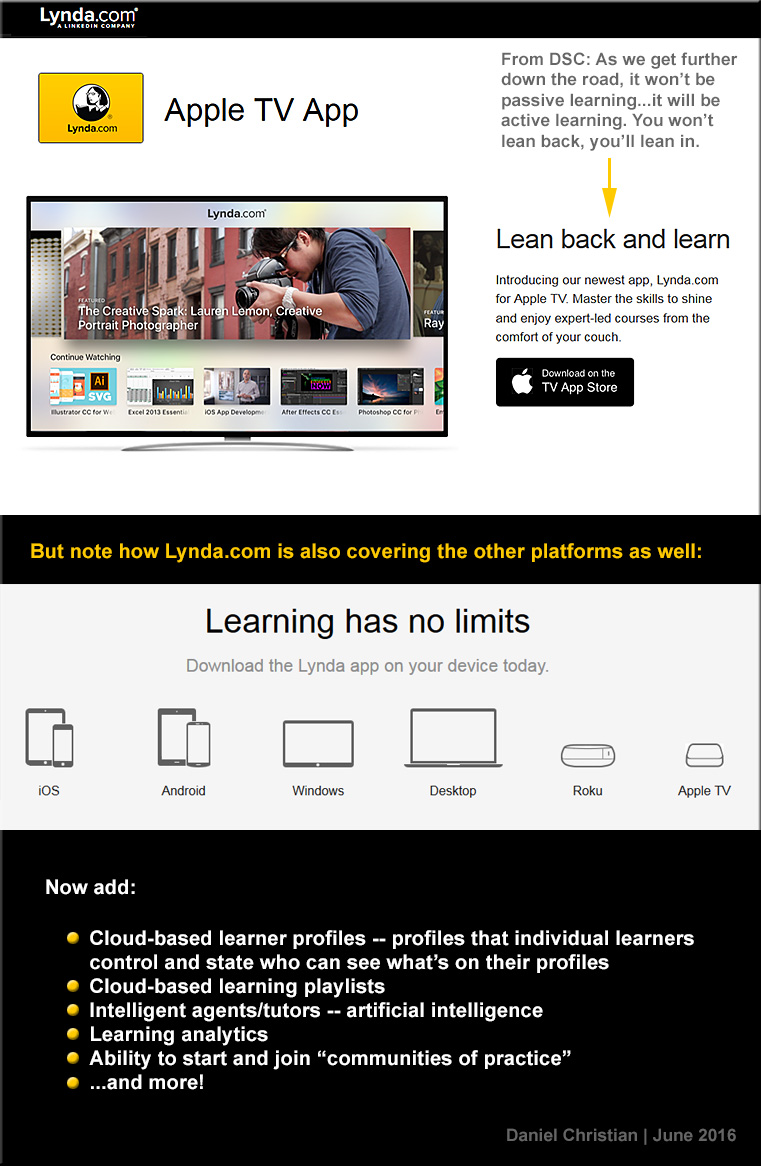
Also see:
Also see:
Prysm Adds Enterprise-Wide Collaboration with Microsoft Applications — from ravepubs.com by Gary Kayye
Excerpt:
To enhance the Prysm Visual Workplace, Prysm today announced an integration with Microsoft OneDrive for Business and Office 365. Using the OneDrive for Business API from Microsoft, Prysm has made it easy for customers to connect Prysm to their existing OneDrive for Business environments to make it a seamless experience for end users to access, search for, and sync with content from OneDrive for Business. Within a Prysm Visual Workplace project, users may now access, work within and download content from Office 365 using Prysm’s built-in web capabilities.
From DSC:
Though the jigsaw technique has been around for decades, it came to my mind the other day as we recently built a highly-collaborative, experimental learning space at our college — some would call it an active learning-based classroom. There are 7 large displays throughout the space, with each display being backed up by Crestron-related hardware and software that allows the faculty member to control what’s appearing on each display. For example, the professor can take what is on Group #1’s display and send the content from that display throughout the classroom. Or they can display something from a document camera or something from their own laptop, iPad, or smartphone. Students can plug in their devices (BYOD) and connect to the displays via HDMI cables (Phase I) and wirelessly (Phase II).
I like this type of setup because it allows for students to quickly and efficiently contribute their own content and the results of their own research to a discussion. Groups can present their content throughout the space.
With that in mind, here are some resources re: the jigsaw classroom/technique.
The jigsaw technique is a method of organizing classroom activity that makes students dependent on each other to succeed. It breaks classes into groups and breaks assignments into pieces that the group assembles to complete the (jigsaw) puzzle. It was designed by social psychologist Elliot Aronson to help weaken racial cliques in forcibly integrated schools.
The technique splits classes into mixed groups to work on small problems that the group collates into a final outcome. For example, an in-class assignment is divided into topics. Students are then split into groups with one member assigned to each topic. Working individually, each student learns about his or her topic and presents it to their group. Next, students gather into groups divided by topic. Each member presents again to the topic group. In same-topic groups, students reconcile points of view and synthesize information. They create a final report. Finally, the original groups reconvene and listen to presentations from each member. The final presentations provide all group members with an understanding of their own material, as well as the findings that have emerged from topic-specific group discussion.
From DSC:
Listed below are some potential tools/solutions regarding bringing in remote students and/or employees into face-to-face settings.
First of all, why pursue this idea/approach at all?
Because schools, colleges, universities, and businesses are already going through the efforts — and devoting the resources — to putting courses together and offering the courses in face-to-face settings. So why not create new and additional revenue streams to the organization while also spreading the sphere of influence of the teachers, faculty members, trainers, and/or the experts?
The following tools offer some examples of the growing capabilities of doing so. These types of tools take some of the things that are already happening in active learning-based classrooms and opening up the learning to remote learners as well.
Eventually this will all be possible from your living room, using morphed
versions of today’s Smart/Connected “TVs”, VR-based devices, and the like.
————————
Excerpts from their website:
ThinkHub Demo: MultiSite Collaboration
Then there are tools that are not quite as robust as the above tools, but can also bring in remote learners into classroom settings:
Double Robotics Telepresence Robot
…and there are other telepresence robots out there as well.
Some other somewhat related tools/solutions include:
Vaddio RoboSHOT PTZ cameras
The RoboSHOT 12 is for small to medium sized conference rooms. This model features a 12X optical zoom and a 73° wide angle horizontal field of view, which provides support for applications including UCC applications, videoconferencing, distance learning, lecture capture, telepresence and more.
The RoboSHOT 30 camera performs well in medium to large rooms. It features a 30X optical zoom with a 2.3° tele end to 65° wide end horizontal field of view and provides support for applications including House of Worship productions, large auditorium A/V systems, large distance learning classrooms, live event theatres with IMAG systems, large lecture theatres with lecture capture and more.
6 top iPad collaboration apps to bring remote teams closer together — from ipad.appstorm.net by Nick Mead
Campus Technology 2015 Readers’ Choice Awards
Excerpt:
In this first-ever higher education “gear of the year” guide, Campus Technology has turned to hundreds of education professionals to tell us which products in 29 categories are truly the best. We cover the gamut of technology from 3D printers to wireless access points. In almost every category you’ll find the Platinum, Gold and Silver picks to help you short-list your shopping, fuel your decision-making or perhaps start a friendly debate on campus.
From the About Us page (emphasis DSC):
App Ed Review is a free searchable database of educational app reviews designed to support classroom teachers finding and using apps effectively in their teaching practice. In its database, each app review includes:
Also see the Global Education Database:
It’s our belief that digital technologies will utterly change the way education is delivered and consumed over the next decade. We also reckon that this large-scale disruption doesn’t come with an instruction manual. And we’d like GEDB to be part of the answer to that.
It’s the pulling together of a number of different ways in which all those involved in education (teachers, parents, administrators, students) can make some sense of the huge changes going on around them. So there’s consumer reviews of technologies, a forum for advice, an aggregation of the most important EdTech news and online courses for users to equip themselves with digital skills. Backed by a growing community on social media (here, here and here for starters).
It’s a fast-track to digital literacy in the education industry.
GEDB has been pulled together by California residents Jeff Dunn, co-founder of Edudemic, and Katie Dunn, the other Edudemic co-founder, and, across the Atlantic in London, Jimmy Leach, a former habitue of digital government and media circles.
Addendum:
Favorite educational iPad apps that are also on Android — from the Learning in Hand blog by Tony Vincent


